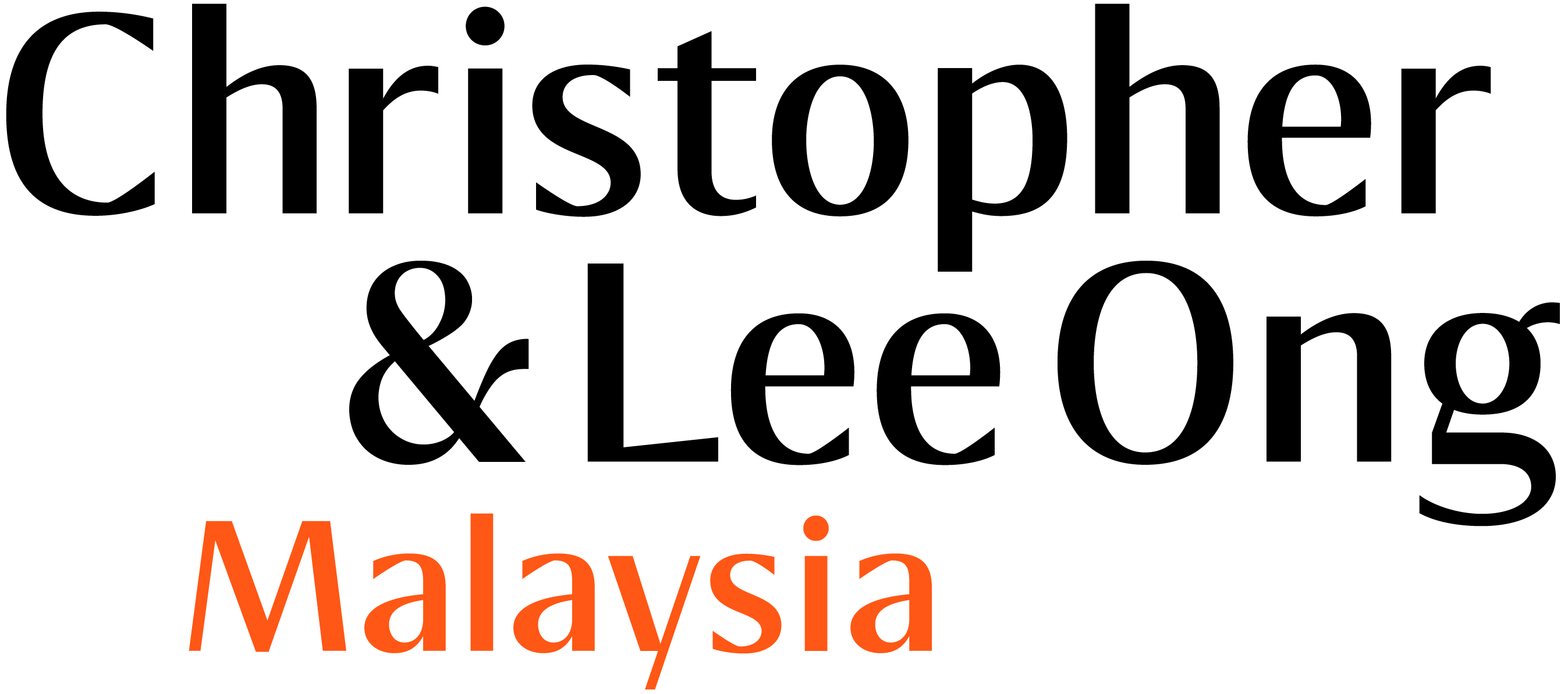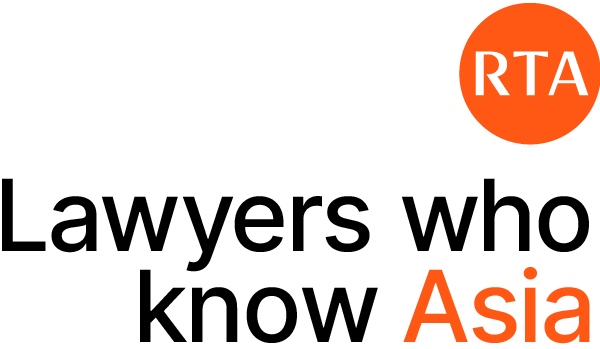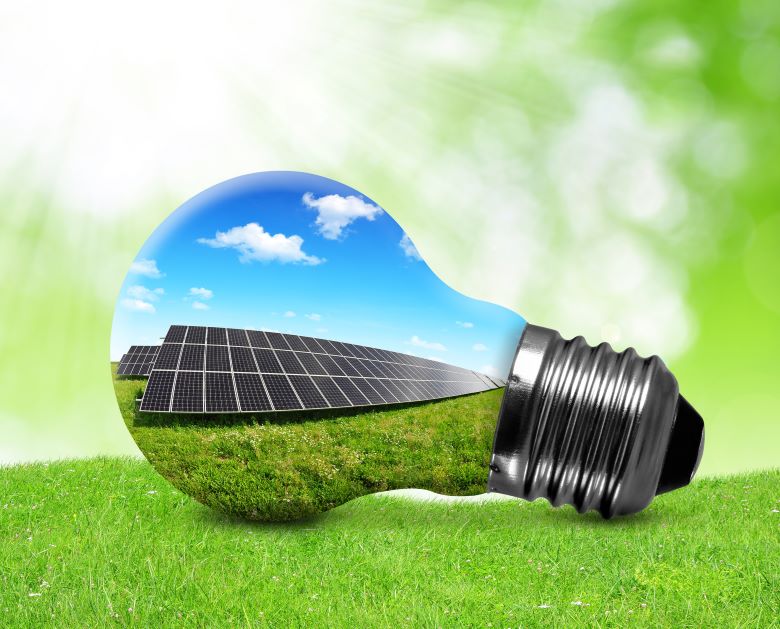Introduction
As solar power continues to play a pivotal role in the Government’s efforts to support the energy transition and achieve the goals of increasing the country’s installed renewable energy capacity to 70% and achieve net-zero by 2050, the Energy Commission (“EC“) has recently published the Guidelines for Solar Photovoltaic Installation for Self-Consumption in Peninsular Malaysia (“Guidelines“) which came into effect on 1 January 2025.
The objectives of the Guidelines are as follows:
- provide for the types of solar photovoltaic (“PV“) installation for self-consumption;
- prescribe the conditions for the installation of solar PV system for self-consumption; and
- set out the requirements and obligations on an electricity utility company (“EUC“) (i.e. the licensee that supplies electricity in the area of supply as prescribed in the licence) and any person who installs, owns, uses, works or operates the solar PV installation.
Applicability of Guidelines
The Guidelines are applicable to:
- any person who owns, uses, works or operates or permit to be used, worked or operated any solar PV installation for self-consumption;
- an EUC whose electricity supply system (“ESS“) (i.e. the electricity transmission system and distribution system) is connected or to be connected to a consumer with a solar PV installation for self-consumption; and
- any person who carries out the design, installation, testing, commissioning and maintenance works of a solar PV installation.
The Guidelines are not applicable to any person whose premises is installed with or has applied to install a solar PV installation under the feed-in tariff (FiT) system, net energy metering (NEM) or any other solar PV programmes. No separate solar PV installation shall be installed at such premises for self-consumption.
Requirements for Solar PV Installation for Self-Consumption
The requirements for solar PV installation for self-consumption are as follows:
- the solar PV installation shall be installed in the premises where the owner or occupier resides or conducts its activity across all sectors, which include but not limited to commercial, industrial and agriculture;
- the energy produced from the solar PV installation shall be strictly for the self-consumption of the owner or occupier within the premises;
- the energy produced from the solar PV installation shall not be supplied to any other person or premises outside the premises of the owner or occupier; and
- the installation of solar PV panels shall be within the same premises.
Off-Grid System
“Off-Grid System” means the electrical installation in a premise that is not connected and completely isolated from the ESS of an EUC.
For an Off-Grid System, the solar PV installation may be designed, installed and operated:
- to meet the energy requirements and shall be within the safe and permissible limits of the electrical system and equipment; and
- in accordance with the laws, any Malaysian Standards, or in the absence of which, the relevant international standards and prudent industry practices.
It is recommended that the solar PV installation is installed with a battery energy storage system (“BESS“) of appropriate capacity to mitigate the intermittency in electricity production by the solar PV system, for standby supply and for better load management.
Grid-Connected System
“Grid-Connected System” means the electrical installation in a premise that is connected to an ESS for the purpose of receiving a supply from an EUC.
For Grid-Connected System:
- the electricity produced by the solar PV installation shall be strictly for use within the premises where the solar PV installation is installed;
- no power evacuation to the ESS is allowed at any time of the day;
- the solar PV installation shall be designed and installed with appropriate device, if necessary, to comply with such requirements;
- the consumer shall refer to the technical and any other documents published by the EUC on the relevant technical and commercial requirements, specifications, standards, etc. for the design, installation, testing, commissioning and operation of the grid-connected solar PV system; and
- the electricity produced by the solar PV installation shall comply with the security and reliability standards, safety requirements and quality of supply of the EUC.
For Domestic Consumer (i.e. any consumer occupying a private dwelling, which is not used as a hotel, boarding house, or used for the purpose of carrying out any form of business, trade or professional activities or services), the capacity of the solar PV installation shall not exceed five kilowatt (“kW“) for single-phase 230V supply, or 12.5kW for three-phase 400V supply.
For Non-Domestic Consumer (i.e. any consumer other than a Domestic Consumer):
- there shall be no capacity limit on the solar PV installation, provided that the consumer shall comply with all technical and regulatory requirements;
- a solar PV installation of more than 72 kilowatt peak (“kWp“) shall be installed with a BESS with full capacity of at least one hour rating to reduce the impact of intermittent energy production of the solar PV system on the Grid system. A solar PV installation of X kWp shall be installed with a BESS of at least 1xX kWh which is charged by the Solar PV System. The BESS can be a.c. or d.c coupled; and
- a solar PV installation of more than 72kWp without a BESS that was installed or in the process of being installed before the effective date of the Guidelines, is allowed to continue operating without a BESS, provided that the consumer has been granted a generating licence from EC, or the consumer has been given any documental approval proof from the relevant local authorities.
Connection Assessment Study
The consumer shall perform a connection assessment study for a solar installation with capacity above 72kWp to assess the effect and safety of the connection of the solar PV installation. The consultant who prepares the design of the solar PV installation shall be responsible to conduct the connection assessment study.
The connection assessment study shall include the following:
- the load profile of the consumer electrical installation before and after the solar PV installation;
- the general description of the solar PV installation, the consumer’s electrical installation and the interconnection to the electrical supply system;
- the analysis of any impact on voltage and power factor to the relevant ESS;
- the suitable solar PV installation capacity in compliance with the Guidelines;
- the fault analysis for consumer with maximum demand above 425kW a.c.; and
- any other analysis required for the purpose of safety and security of the consumer’s electrical installation and the ESS at the point of interconnection with an EUC.
The consumer shall perform a self-assessment study for solar installation with capacity of not more than 72kWp, when required by the EUC, to assess the effect and safety of the connection of the solar PV installation. The consultant or competent person who prepares the design of the solar PV installation shall be responsible to conduct the connection assessment study.
Submission of Information
For Grid-Connected System, prior to the installation of the solar PV system, the consumer shall inform the EUC on the installation of the solar PV system by submitting a copy of the Form of Information of Solar PV Installation provided in the Guidelines with all required information.
The consumer shall also submit the information and data in accordance with the Distribution Code, where relevant, and if so requested by the EUC not less than 30 days before the commissioning of the solar PV installation.
Alteration and Disconnection of Solar PV Installation
The owner of the solar PV Installation shall inform EC in writing at least one month in advance prior to any alteration to the solar PV installation, provided that any such alteration shall be in accordance with the provisions of the Guidelines.
If the solar PV Installation is to be disconnected and discontinued in use or dismantled from the premises, the owner of the solar PV Installation shall inform EC by way of notice in writing at least one month in advance prior to such disconnection or dismantling.
Environmental Attributes
The right to any credit or financial benefit which is available or may become available for the reduction of greenhouse gas emissions from the energy produced by solar PV Installation shall be with the consumer of the installation.
Additional Charges
Any installation constructed after 31 December 2024 is subject to charges, fees, or any other payments that may be imposed by the Government to reflect the true cost of supply, ensure fairness to all consumers and maintain the security and reliability of the electricity supply system.
The current monthly standby charge as approved by Government is RM14/kWp. The imposition of charges is applicable to non-domestic installations with an installation capacity of more than 72kWp.
Conclusion
Given the growing popularity of the installation and use of solar PV system for self-consumption, there is certainly a need to regulate the these activities to ensure the safety of the public, as well as the integrity of the Grid system as most premises are connected to the Grid.
However, the requirements under the Guidelines which are applicable to non-domestic installations with an installation capacity of more than 72kWp, i.e. the mandatory requirement to have BESS and the imposition of standby charge of RM14/kWp, will significantly increase the costs of installing and using solar PV system for self-consumption. This in turn makes it a lot less attractive for Non-Domestic Consumers to opt for solar PV system for self-consumption, which goes against the Government’s initiatives to encourage the generation of renewable energy in Malaysia.
The imposition of the requirements under the Guidelines may make the other solar energy schemes, such as the NEM scheme, to seem more attractive as the excess solar energy can be exported to the Grid to set-off the energy consumption supplied by an EUC. However, there are limited quotas under the NEM scheme and it is unclear whether the quotas will be renewed after the NEM scheme comes to an end in June 2025 (or earlier if all quotas are allocated).
As the Guidelines are relatively new, the market’s reaction to the requirements under the Guidelines remains to be seen, but it is quite certain that such requirements will inadvertently hinder the adoption of solar energy for self-consumption because higher costs mean lesser savings. EC may revise the Guidelines if required to support the Government’s energy transition goals.
Should you require further information or any advice on the above or any other matters pertaining to projects, energy and infrastructure, please feel free to reach out to any member of our team listed below.
Disclaimer
Rajah & Tann Asia is a network of member firms with local legal practices in Cambodia, Indonesia, Lao PDR, Malaysia, Myanmar, the Philippines, Singapore, Thailand and Vietnam. Our Asian network also includes our regional office in China as well as regional desks focused on Brunei, Japan and South Asia. Member firms are independently constituted and regulated in accordance with relevant local requirements.
The contents of this publication are owned by Rajah & Tann Asia together with each of its member firms and are subject to all relevant protection (including but not limited to copyright protection) under the laws of each of the countries where the member firm operates and, through international treaties, other countries. No part of this publication may be reproduced, licensed, sold, published, transmitted, modified, adapted, publicly displayed, broadcast (including storage in any medium by electronic means whether or not transiently for any purpose save as permitted herein) without the prior written permission of Rajah & Tann Asia or its respective member firms.
Please note also that whilst the information in this publication is correct to the best of our knowledge and belief at the time of writing, it is only intended to provide a general guide to the subject matter and should not be treated as legal advice or a substitute for specific professional advice for any particular course of action as such information may not suit your specific business and operational requirements. You should seek legal advice for your specific situation. In addition, the information in this publication does not create any relationship, whether legally binding or otherwise. Rajah & Tann Asia and its member firms do not accept, and fully disclaim, responsibility for any loss or damage which may result from accessing or relying on the information in this publication.









